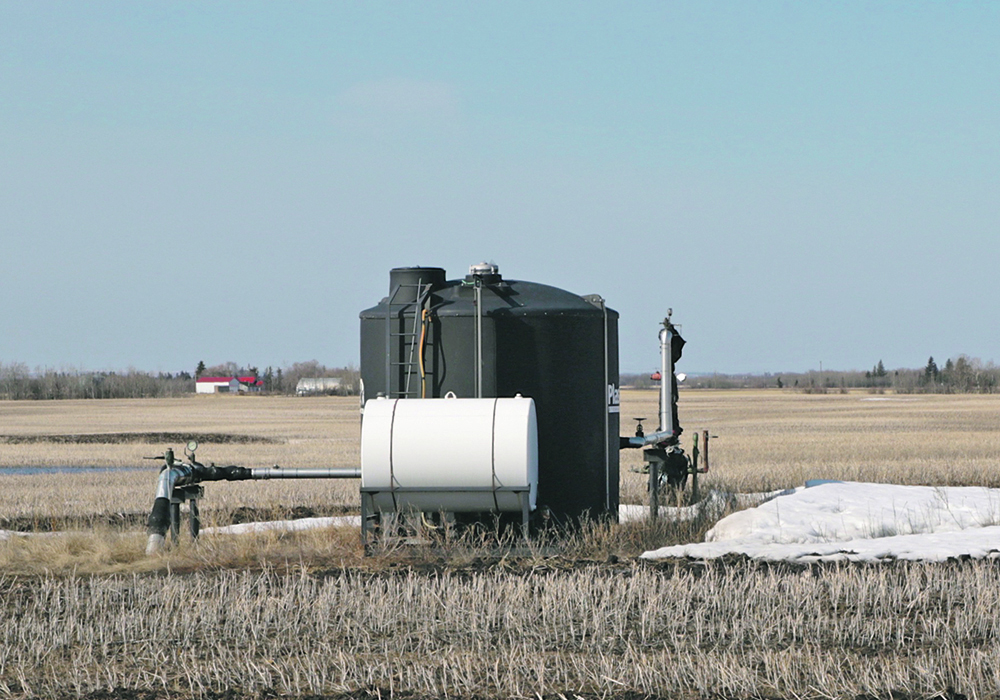Saskatchewan is once again looking at its surface rights legislation, seven years after pulling a proposed bill to modernize the 1968 act.
This time the government is consulting on amending a couple of acts to give the surface rights arbitration board more power to enforce orders and the energy and resources ministry more power to take further action if board orders aren’t followed.
Scott Owens, vice-president with the Agricultural Producers Association of Saskatchewan, said the amendments would be a good start in addressing the most pressing issue for landowners.
Read Also

Soybean market still figuring out implications of China-U.S. pact
Soybean futures had a muted reaction to the U.S. trade deal with China as the market tries to figure out the nuances of the deal.
“What’s been happening probably the last seven years since the price of oil went down and companies have been struggling, they simply don’t pay landowners their rent and the arbitration board has no mechanism to enforce payment,” he said.
On his farm in northwestern Saskatchewan’s energy patch, Owens said one company fell behind in payments before catching up.
“The other one, I went I think four years with no payments and any effort to contact a representative of the company was unsuccessful. They just ghosted everybody that tried to reach them,” he said. “However, that company has since been bought by a solvent, reputable company and they just started operating and catching up on bills that were left in arrears.”
That isn’t the case for all companies and landowners, though.
Owens said some companies couldn’t pay but it’s likely that some realized that they wouldn’t be penalized if they didn’t.
There are also some wording changes and smaller amendments under consideration, including an update to the amount companies have to pay for damage such as lost crop or a fence. The maximum is currently $1,000.
The consultation is open until May 6.
After the last consultation in 2013 a bill appeared on the legislative order paper in December 2014 but was never introduced. It was withdrawn in March 2015.
















